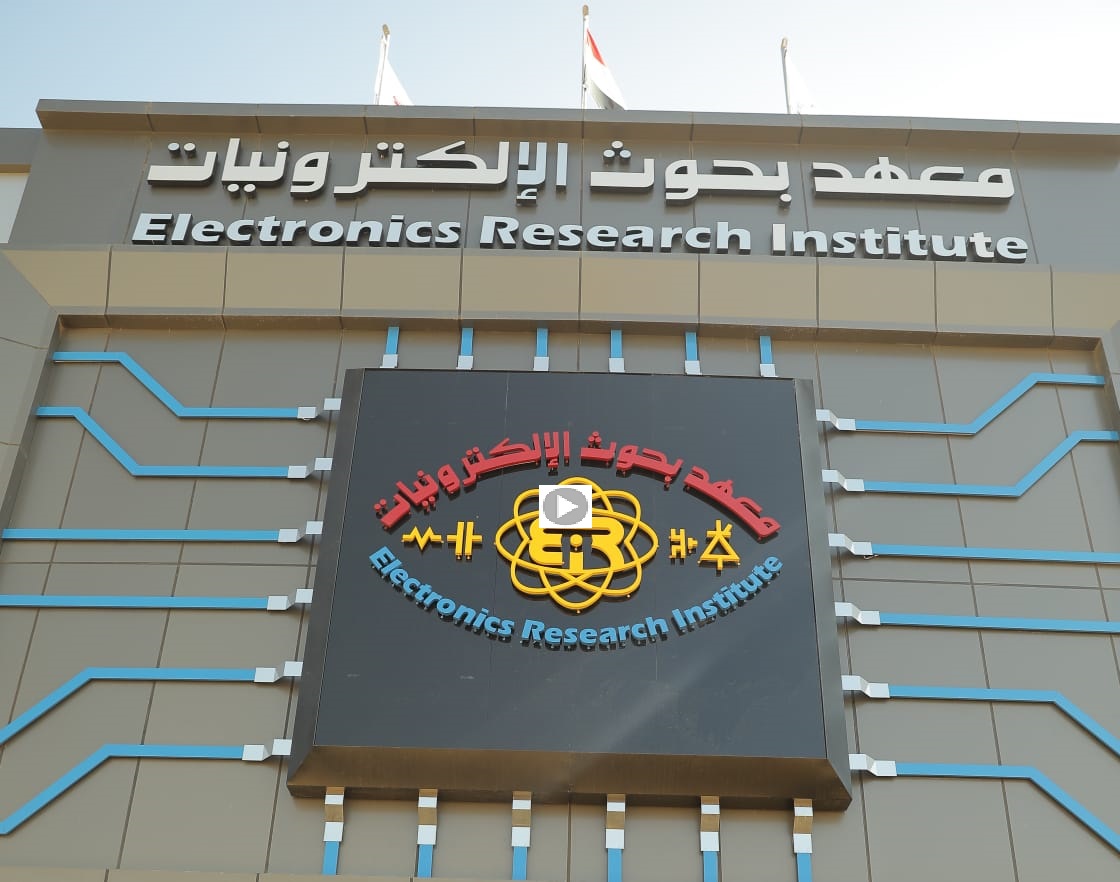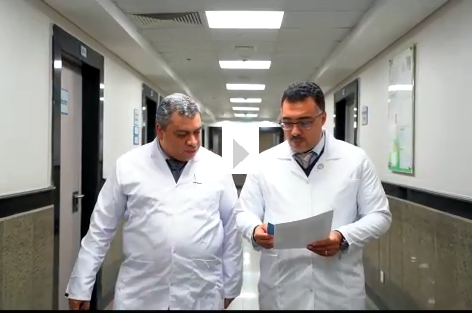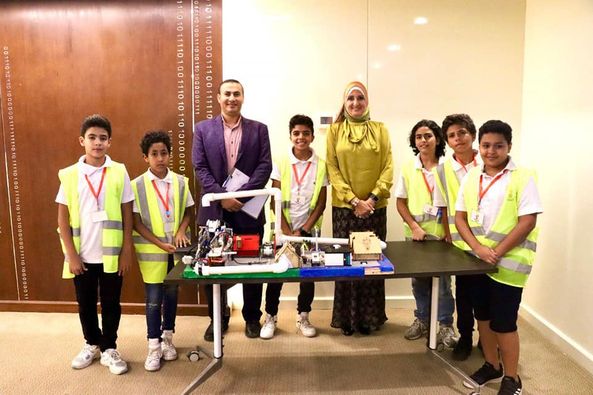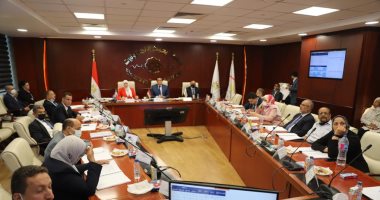| Project Abstract | A fourth generation mobile telecommunications technology; provides mobile ultra-broadband Internet access, for example to laptops with USB wireless modems, to smart phones, and to other mobile devices. LTE is a 4G technology that supports both frequency division duplex (FDD) and time-division duplex (TDD) based on OFDM modulation. In addition, LTE standard supports a large number of different frequency bands allocated from 0.7 to 2.7 GHz with channel bandwidths that vary from 1.4 MHz to 20MHz.
The aim of this project is to develop a prototype for an RF transceiver front end for Long Term Evolution (LTE) mobile handset. LTE band 3 will be designed with frequency division duplex (FDD) architecture in the frequency range 1710-1785MHz for uplink and 1805-1880MHz for downlink with 20MHz band gap. The proposed architecture consists of 4 main blocks, a phase locked loop (PLL) based frequency synthesizer, up-conversion mixers followed by a power amplifier (PA) , a low noise amplifier (LNA) followed by down-conversion mixers and an off-chip bank of band pass filters (BPF's). The transceiver will be designed and fabricated by UMC 130nm CMOS technology.
Development for the proposed prototype will be fabricated through two stages.
Initial fabrication for part of the proposed system - PA, LNA and mixers- will be developed and measured to detect design bugs; that may occur due to the deviations between the simulation model and fabrication process. Then design will be improved and final fabrication for complete system will be carried out. Finally, PCB design -including the fabricated prototype with the filters- will be developed and measured to check complete system performance.
The proposed prototype will make significant progress towards wideband transceivers and will have a good impact on link between research and industry. By the end of the project, the research staff will obtain a good fabrication and testing experience, leading to the development of more sophisticated RF systems. |























































































